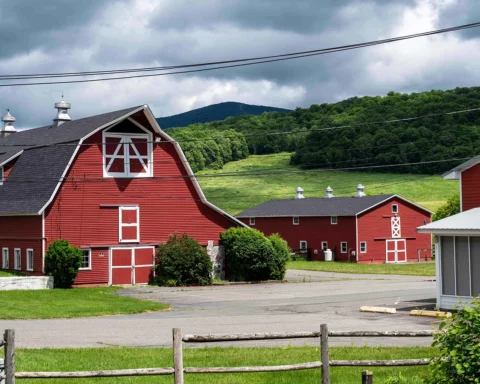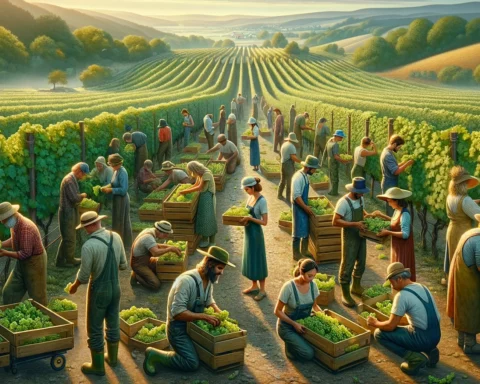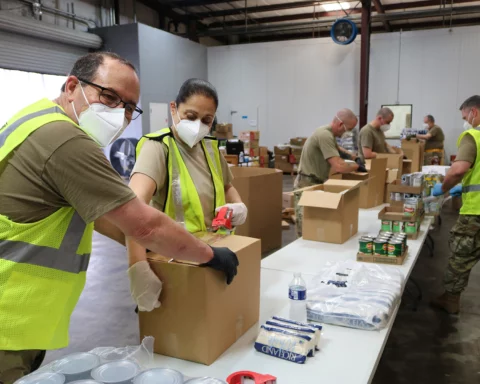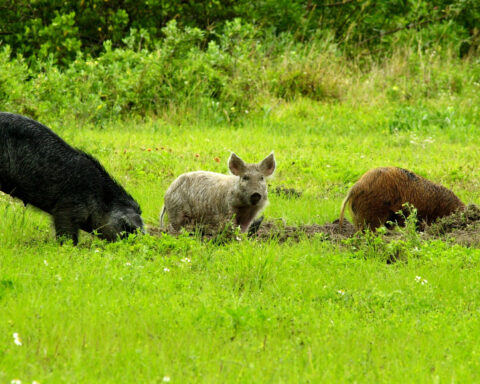By Steve Groff
In his campaign to become our nation’s 46th president, Joe Biden argued that President Donald Trump had “pursued a damaging and erratic trade war,” and that farmers were among those who paid the price.
Those same farmers will be looking – perhaps with a mixture of hope and skepticism – to see whether they are going to be better off under the Biden presidency. On inauguration day, prices for corn and soybeans are the highest they’ve been since 2013.
Anytime a new administration takes over in Washington, there’s plenty of uncertainty. Questions abound about what promises the new president might actually keep and whether Congress will go along with those plans.
But, with that said, let’s look at what we do know about some of the things that could happen with agriculture over the next four years (based on President Biden’s stated policy proposals) and extrapolate from there:
- A new generation of fledgling farmers. Biden points out that, while America tries to make it easy to start a business, it’s much more difficult to start a farm. So, what can be done about that? Biden has said he will expand the Obama administration’s microloan program for new and beginning farmers, doubling the maximum loan amount to $100,000. He also has said he will increase funding for the USDA’s farm ownership and operating loans, which can be used for such things as purchasing livestock, seed and equipment, or covering farm operating costs and family living expenses while a farm gets up and running.
Certainly, over the last several decades, we have seen the number of American farms shrink for numerous reasons. Today, about 1 percent of Americans live on farms (down from 40 percent at the beginning of the 20th century). Until about 1940, the nation had 6 million to 7 million farms. Then began a steep drop of about a million farms each decade until the decline leveled off to about 2 million farms from 1980 through today.
Much of current production, however, comes from mega-farms with sales of a million dollars or more annually. So, the question that will need to be answered is this: Can the Biden administration and its good intentions actually give a lift to help those who want to start farms in today’s atmosphere and with today’s economic realities?
- The farmer as environmentalist. Biden hails farmers as “some of the best stewards of our land, air, and water.” I would agree. I’ve even gone so far as to call farmers the “ultimate environmentalists.” How could they be otherwise? The environment is their workplace, after all. But that doesn’t mean you – or the President – should expect to hear farmers define themselves as environmentalists. Unfortunately, the word has become associated with bureaucrats who would limit their freedom – and farmers very much value freedom. That’s something Biden should be aware of and keep in mind if he’s tempted to toss too many rules their way. Farmers are wary of regulations and limitations, not because they don’t want to do their part for the environment and not because they don’t care. They care deeply.
But they also care about preserving their spirit of independence. They are pretty good at detecting anything that threatens their liberty to think for themselves. They don’t want orders. They want explanations. Once they understand why something is needed or important, they can be trusted to do what’s right. So, the Biden administration must find a way to explain its plans well if it wants to work successfully with the agriculture community.
- Cover crops and other carbon-friendly approaches. Biden has vowed to pursue policies that would expand and fortify the federal Conservation Stewardship Program. One desired result of this effort would be to make more money available for payments to farmers who reduce their carbon footprint through a variety of methods, including cover crops. I’m a big proponent of cover crops, which are plants grown not to eat, but to improve the soil. Cover crops can suppress weeds, manage soil erosion, control pests and promote biodiversity. In short, they help keep the land in good condition so it can continue to produce cash crops.
If President Biden is truly able to make good on his promises to agriculture, he could win many friends in America’s heartland who otherwise might be reluctant to support him.
Still, farmers should always be wary of too much government assistance. Some government programs that seem to do farmers a favor could end up turning them into wards of the state.
Though subsidies definitely have played an essential role in hard times, farmers have demonstrated over the years that they have the ingenuity and resources to do quite well without a handout.
About Steve Groff
Steve Groff (www.stevegroff.com), a lifelong farmer, is the founder of Cover Crop Coaching, which educates farmers and farm advisors about effective cover crop use. He also does international regenerative agriculture consulting and is the author of The Future-Proof Farm. He has conducted well over 150 webinars and online training sessions, and has consulted for private companies, as well as for the USDA and several universities.

















